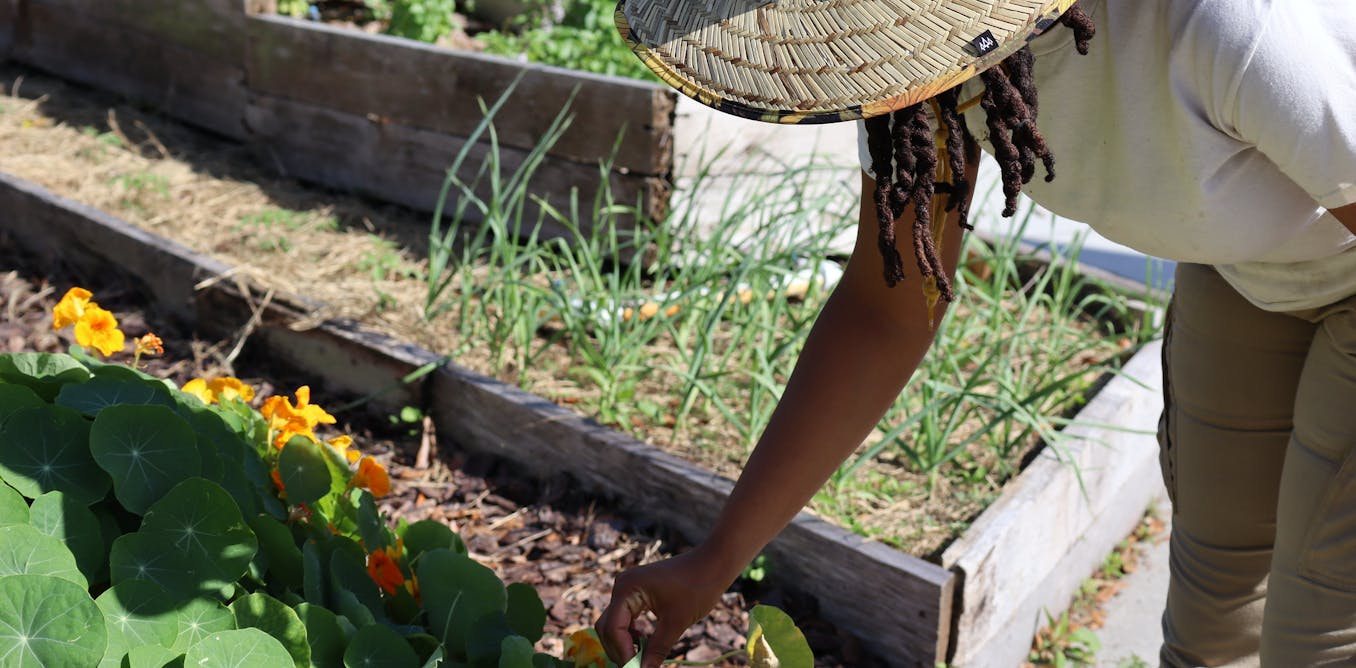The Only Guide to City Blooming
The Only Guide to City Blooming
Blog Article
The Main Principles Of City Blooming
Table of ContentsThe smart Trick of City Blooming That Nobody is DiscussingMore About City BloomingEverything about City BloomingAll about City BloomingSome Known Questions About City Blooming.
Interested in growing food offer for sale in the City of Chicago? Thinking about beginning a community garden? Adjustments to the Chicago Zoning Statute enable agricultural usages like neighborhood gardens and urban ranches in several components of the city. Below is a checklist of regularly asked questions concerning the rules and laws that cultivators should consider when preparing an urban farming project.
The zoning modification does not modify any various other codes managing composting, structure authorizations, purchasing or renting City owned building, company licenses or environmental contamination. There are existing codes that manage these issues and they stay in complete effect and might be applicable to your job. Community yards are usually owned or managed by public entities, public organizations or community-based organizations and maintained by volunteers.
Urban ranches grow food that is intended to be offered, either on a not-for-profit or for-profit basis. Due to their commercial objective, metropolitan farms require a business license. Yes. A neighborhood yard is allowed to sell excess create that was expanded on website if the sales are accessory or subservient to the yard's key purpose explained over.
The Basic Principles Of City Blooming
Composting is permitted but just for plant product that is created and made use of on site. The amount of compost product can not go beyond 25 cubic lawns at any type of offered time according to the criteria in 7-28-715 of the City's Municipal Code. Yes. Due to the fact that the dirt at a lot of new yard sites requires changing, garden compost, soil, wood chips, or various other products can be obtained to build or enhance the growing space - sustainable gardening.

If a building authorization is called for then the hoophouse will certainly be taken into consideration an accessory building. You can learn even more about the building license demands by contacting the Division of Structures. The 25,000-square-foot dimension limit is planned to stop a solitary community yard from dominating a provided block or detracting from the block's existing click here to find out more property or industrial character.
The restriction does not put on yards located in Public Open Room (POS) areas. Can there be greater than one area yard that is 25,000 square feet on a solitary block? Yes. The size limitation relates to private yards, not to individual blocks. No. Fence is not required, nonetheless, gardens that have big parking lot might be required to set up secure fencing or other landscaping attributes.
Our City Blooming PDFs
B1 & B2 districts need that all industrial use tasks be conducted inside your home. R areas restrict commercial task. The laws mirror the function and intent of the Zoning Code. Is fence required for city ranches? Yes. Fences may be called for, together with landscaping and screening, for certain vehicle parking areas and outdoor job or storage areas relying on place and the particular task happening.
Urban ranches need structure licenses and zoning approvals prior to building and construction (landscaping). Various other forms of city testimonial might be called for depending on certain structures, activities, dimension, landscaping, licensing, public health and stormwater management concerns.
The Division of Company Matters and Consumer Protection can aid determine the details kind of organization license that's required. Off road auto parking is required for the majority of business projects in Chicago. The called for number of parking spaces is based on the number of staff members functioning on website and not the square video footage of the expanding space.
The Facts About City Blooming Uncovered

Yes. A city farm can sell compost product generated on site, nonetheless, the procedure must abide with the laws in 7-28-715 of the Chicago Municipal Code. Yes. Aquaponic systems are allowed inside on metropolitan farms in many zoning districts. However, a zoning evaluation and building permit is needed in order to set up frameworks or systems and an organization certificate is called for as explained over.
Approximately 5 hives or swarms of honey may be kept as an accessory usage. Beekeepers need to register with the Illinois Department of Agriculture. To learn more regarding the suggested zoning amendment you might call the Department of Real Estate and Economic Advancement, Bureau of Planning and Zoning at 312.744.8563.
, which takes place in rural areas at the edge of suburbs.
3 Easy Facts About City Blooming Explained
It can include a movement of natural growers, "foodies" and "locavores", that seek to create social media networks based on a common values of nature and community holism. These networks can create by method of official institutional assistance, becoming incorporated into neighborhood town as a "transition community" activity for sustainable city advancement.
In either case, the much more direct access to fresh vegetable, fruit, and meat items that might be understood through urban farming can improve food protection and food security while reducing food miles, bring about lower greenhouse gas discharges, therefore adding to environment adjustment reduction. Several of the initial proof of city farming originates from Mesopotamia.
Report this page